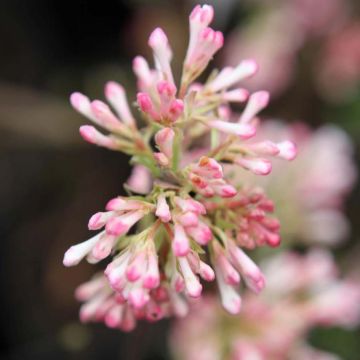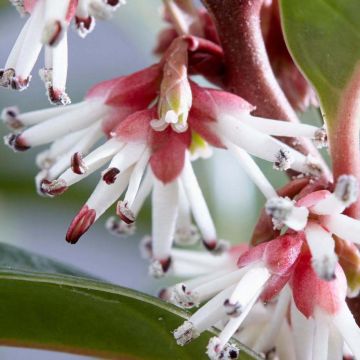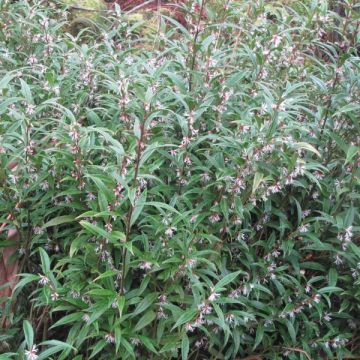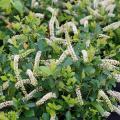Fragrant winter bushes
Would this plant suit my garden? Set up your Plantfit profile →
Available in 3 sizes
Available in 3 sizes
Available in 2 sizes
Available in 2 sizes
Available in 2 sizes
Available in 2 sizes
Available in 2 sizes
Available in 1 sizes
Available in 3 sizes
Available in 1 sizes
Available in 1 sizes
Available in 1 sizes
Available in 2 sizes
Available in 1 sizes
Available in 1 sizes
Available in 2 sizes
Available in 1 sizes

Available in 1 sizes
Available in 1 sizes
Available in 1 sizes
Available in 2 sizes
Available in 1 sizes
Available in 1 sizes
Available in 2 sizes
Available in 0 sizes
Available in 2 sizes
Available in 1 sizes
Available in 2 sizes
Available in 2 sizes
Available in 1 sizes
Available in 1 sizes
Available in 2 sizes
Available in 1 sizes
Available in 2 sizes
Available in 1 sizes
Available in 1 sizes
Available in 1 sizes
Available in 1 sizes
Available in 1 sizes
Available in 1 sizes
Available in 3 sizes
Available in 2 sizes
Available in 1 sizes
Available in 1 sizes
Available in 1 sizes
Available in 1 sizes
Available in 1 sizes
Available in 1 sizes
Available in 1 sizes
Bushes with fragrant winter flowering, essential for a blooming and fragrant winter garden. While Mimosa is famous for its bouquets that fill the house with fragrance from January, many other bushes also deserve a mention, being more hardy and suitable for many regions. They include various daphnes, such as Daphne mezereum with its jasmine fragrance in the second half of winter. Witch hazel with its thread-like spider flowers in yellow, orange or red, also in late winter. Winter sweet (Chimonanthus praecox) has its small sulphur yellow bells that scent a whole area of the garden for almost a month, in January-February. Or winter honeysuckle (Lonicera fragrantissima) with its small white flowers from January, at its peak in February, sought after by the first bumblebees. Mahonias, especially the varieties 'Charity' and Mahonia aquifolium, are evergreen and hardy, with no specific requirements; their yellow to orange clusters, smelling like lilies-of-the-valley, show up between November and March. Less known, the sweet box, especially Sarcococca humilis and its varieties, also offer beautiful fragrance. Small in size, evergreen, it can be planted in a pot as a way for those who don't have a garden to enjoy its pleasant vanilla scent between November and February on the balcony. Sublime, winter viburnums, especially Viburnum bodnantense 'Dawn' and Viburnum farreri (fragrans) choose the shortest days to offer the gardener their pastel pink flowering with a heliotrope fragrance. It is to attract the rare insects still active in winter that these bushes redouble their efforts at fragrant seduction. These flowers that perfume the winter are a gift to be savoured in the garden, but also in the house by composing bouquets of budding branches. They should be planted preferably near pathways, so that they can be enjoyed even during short winter visits to the garden!
Haven't found what you were looking for?
























































































